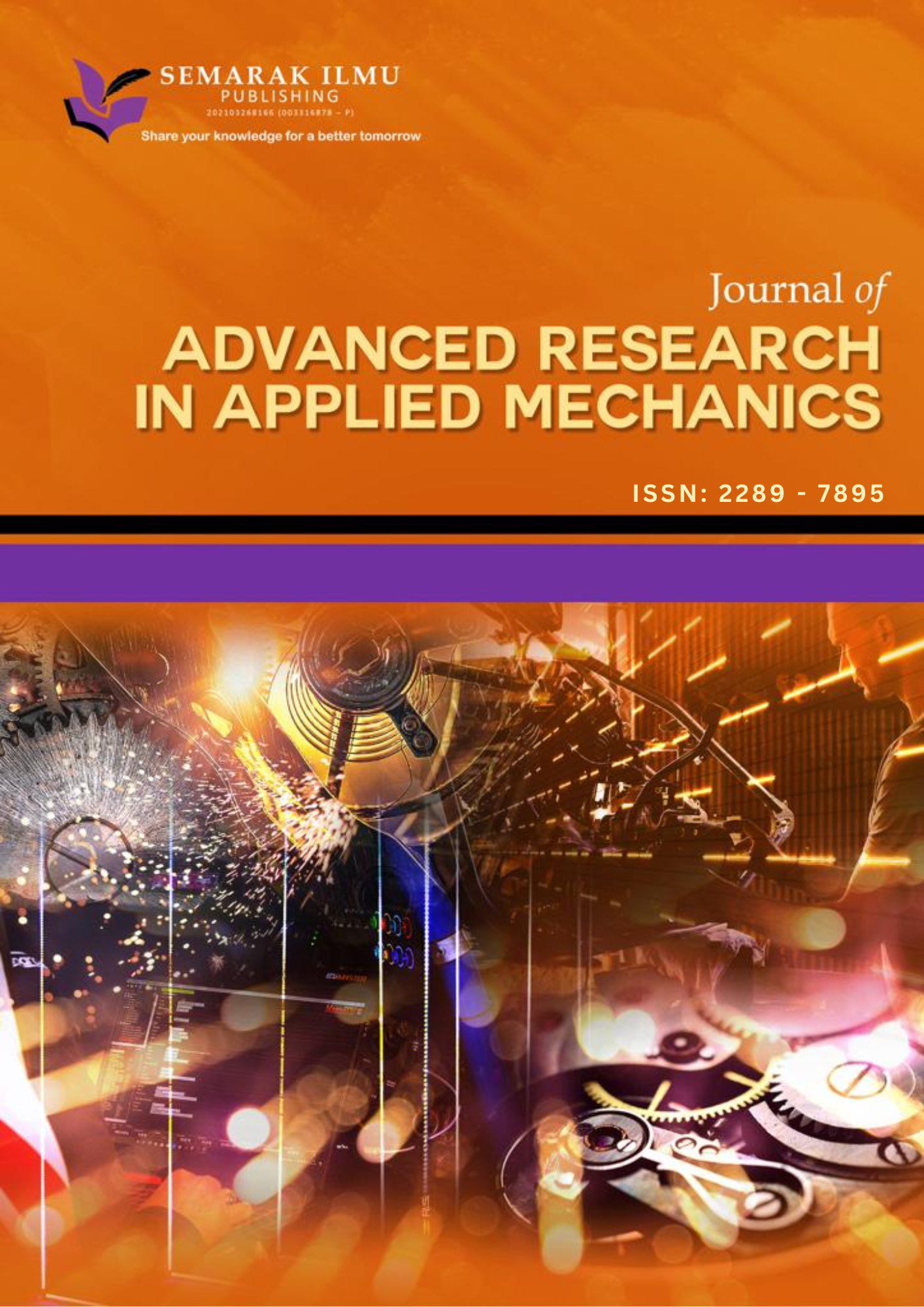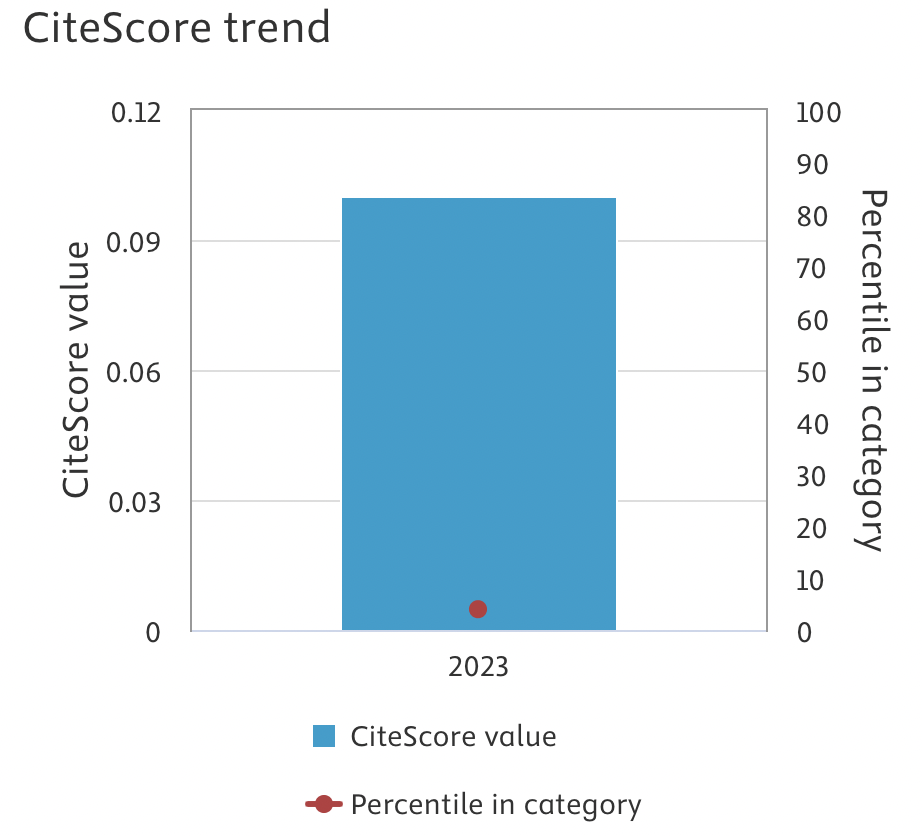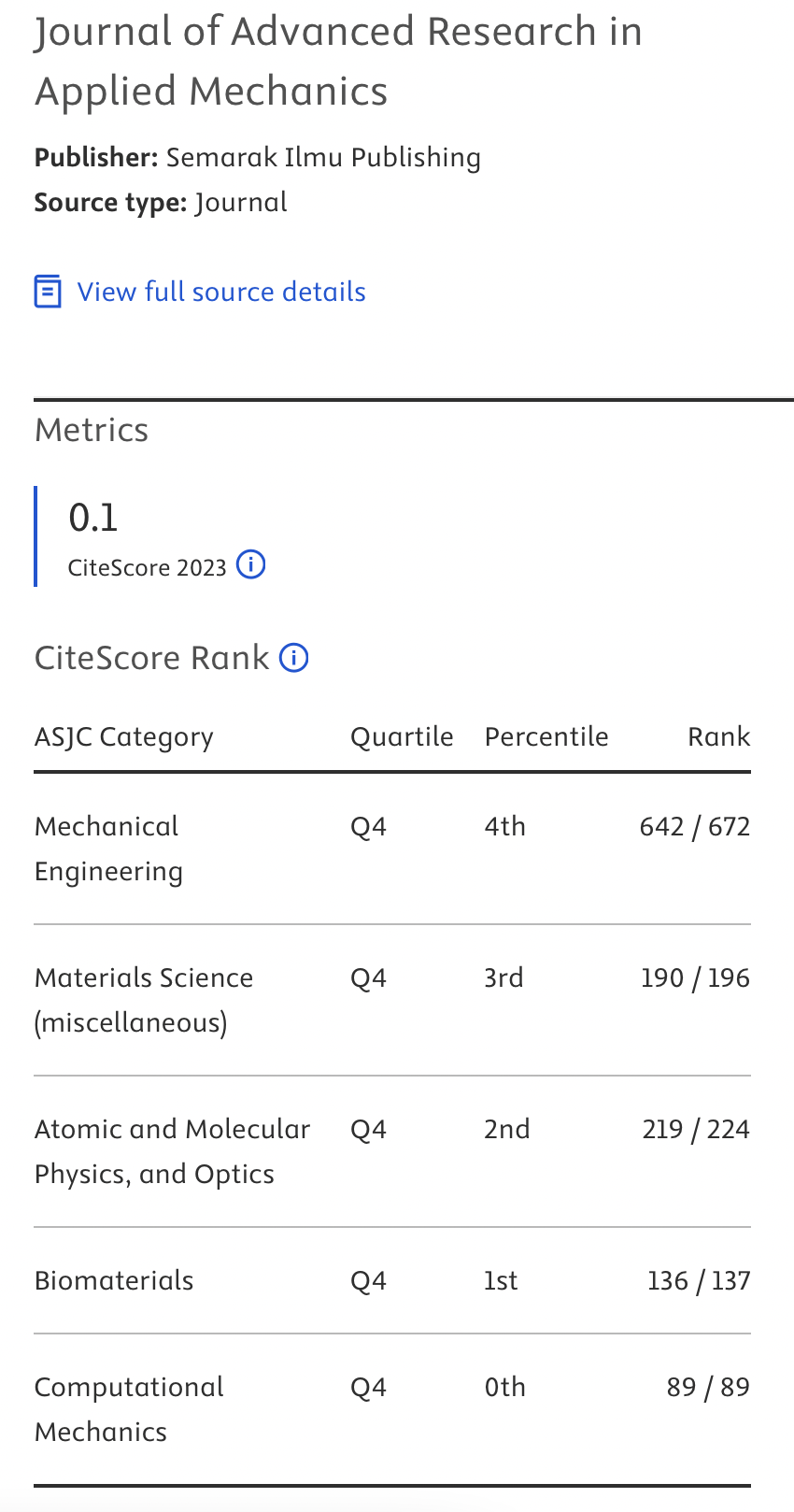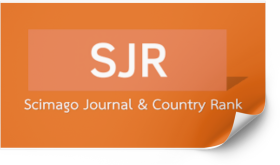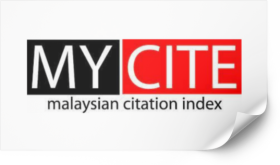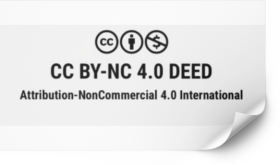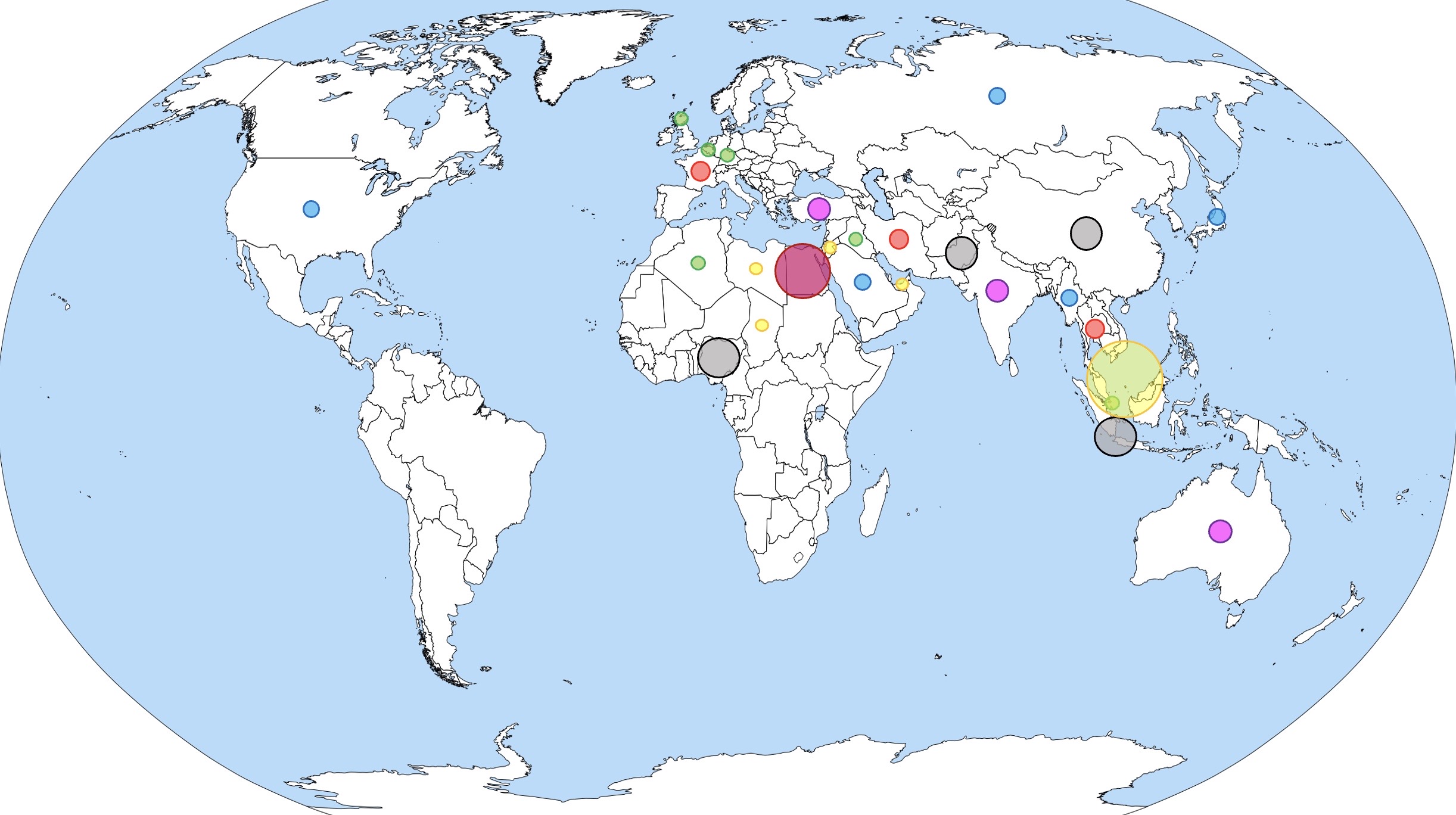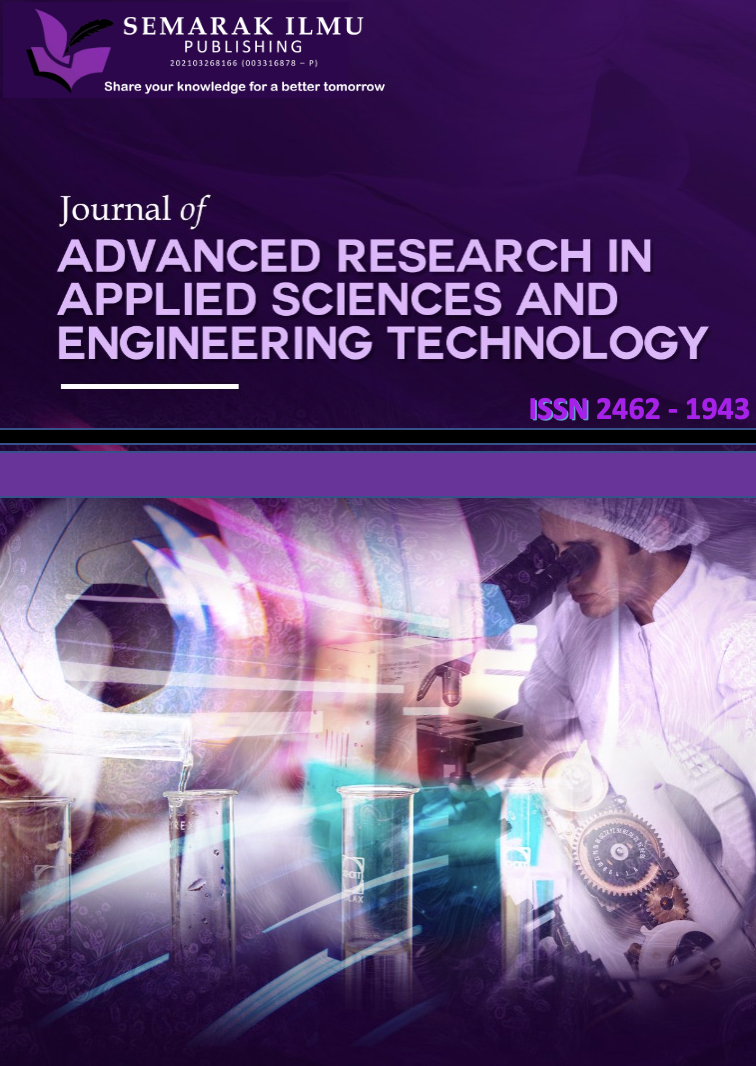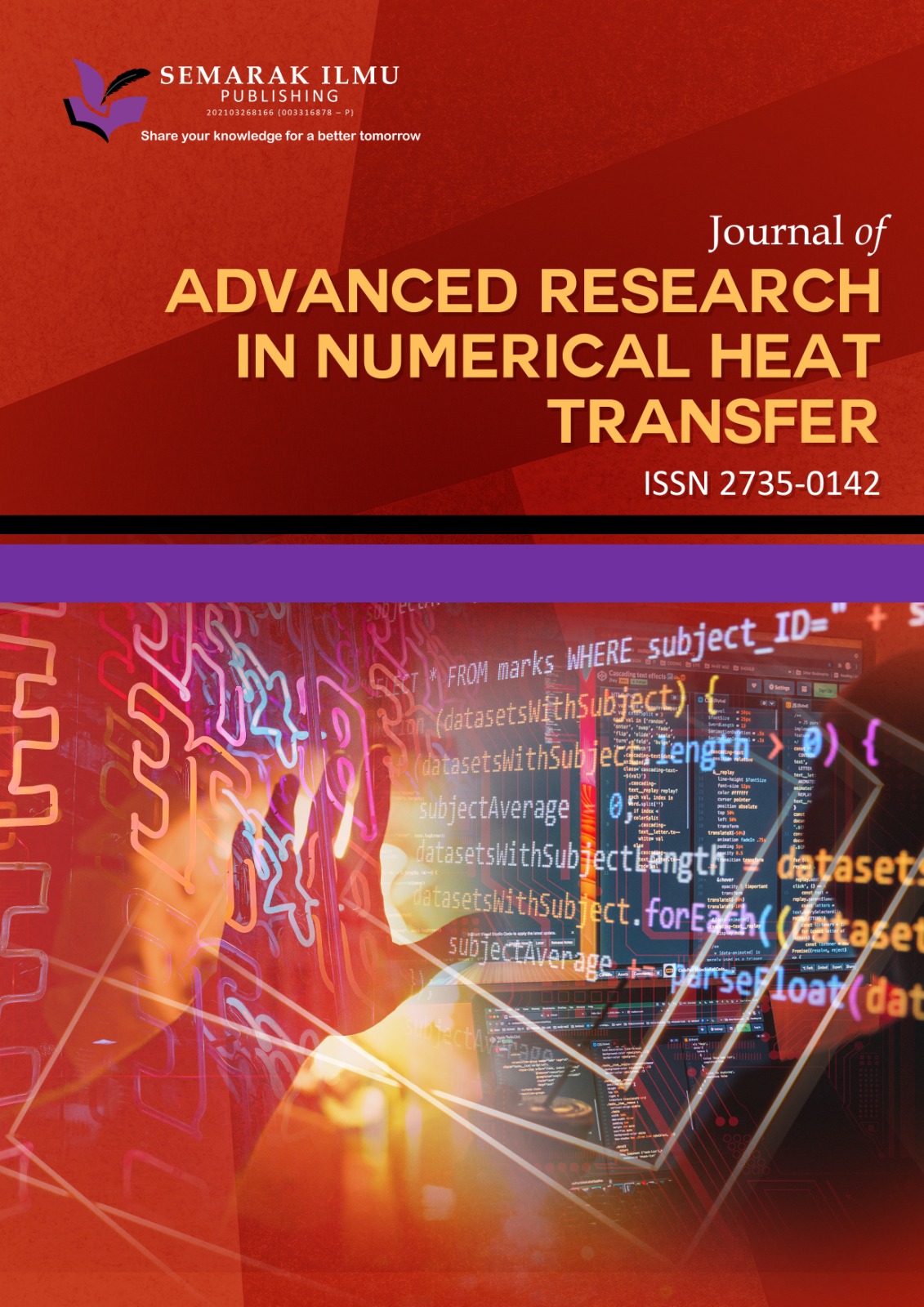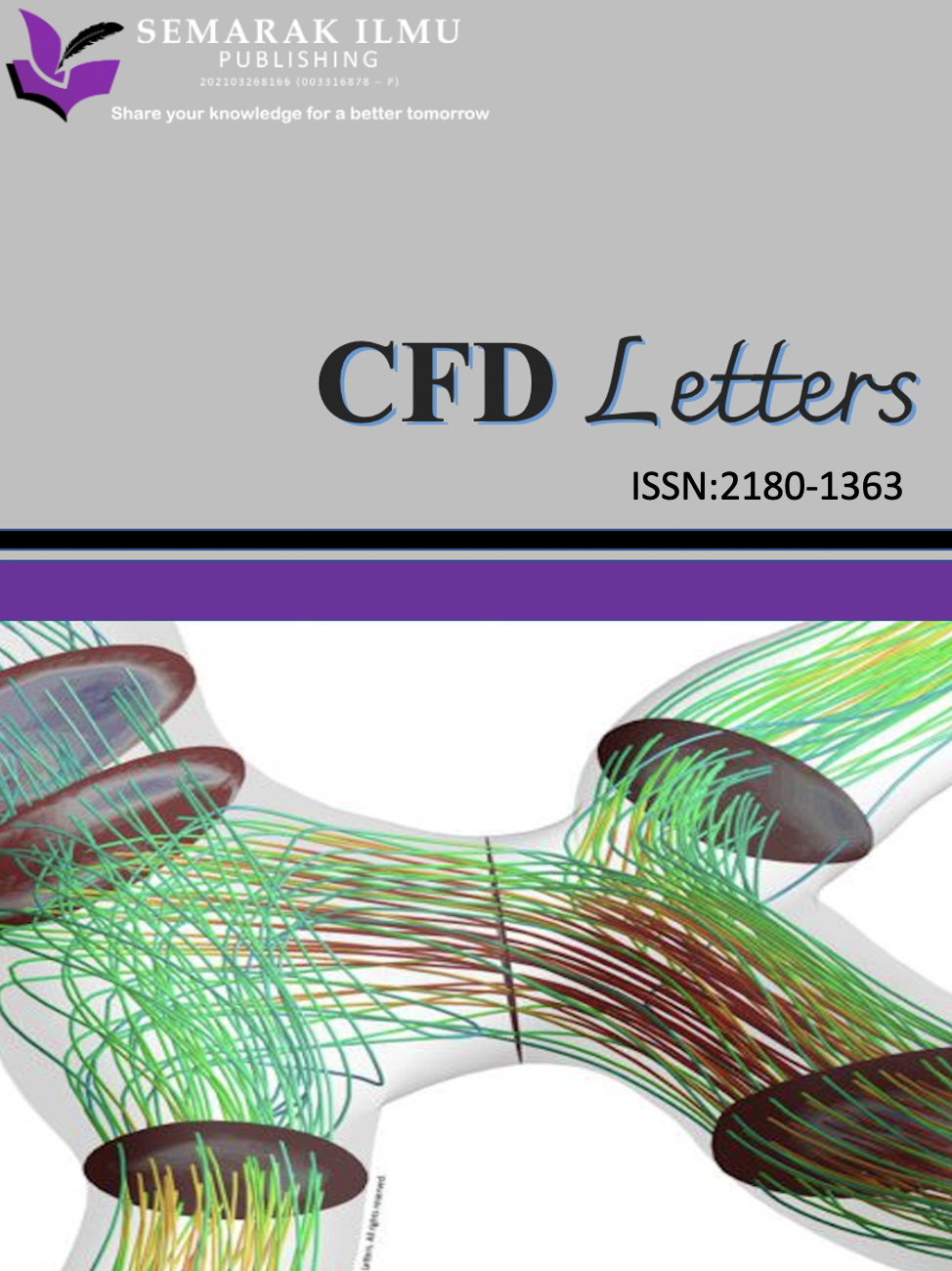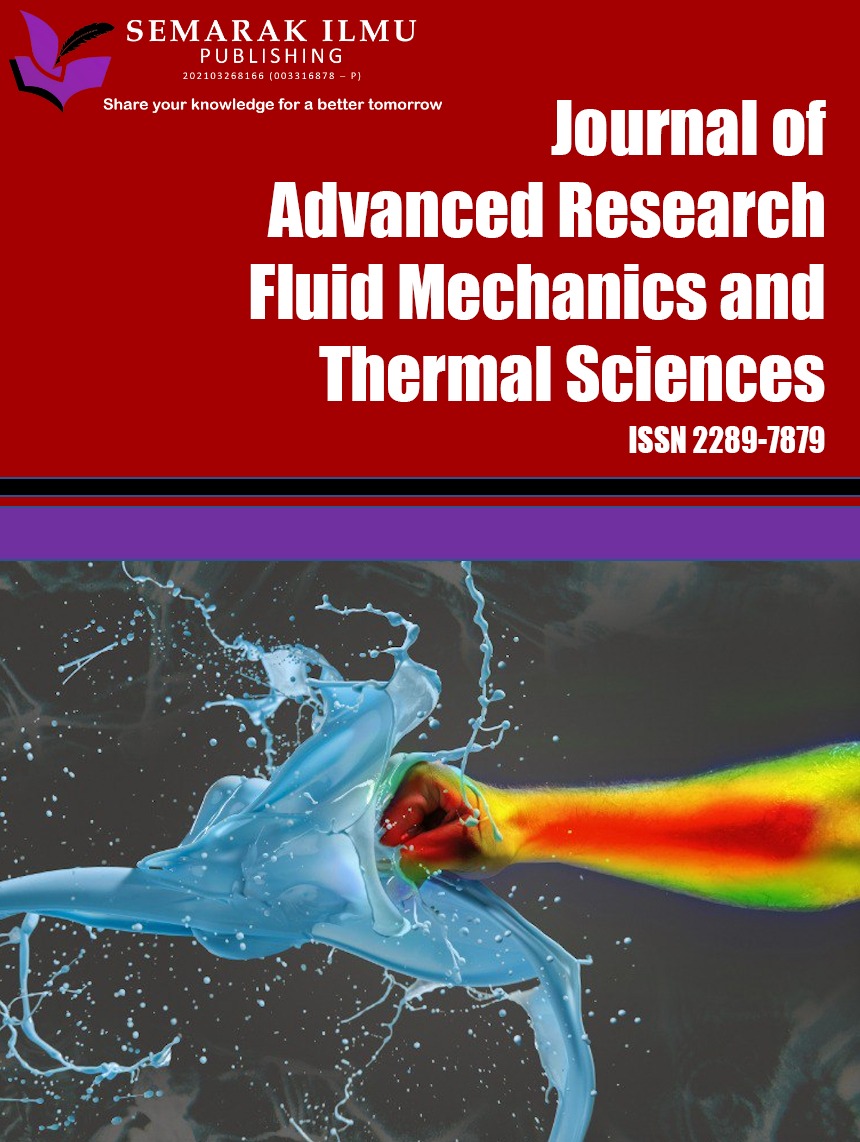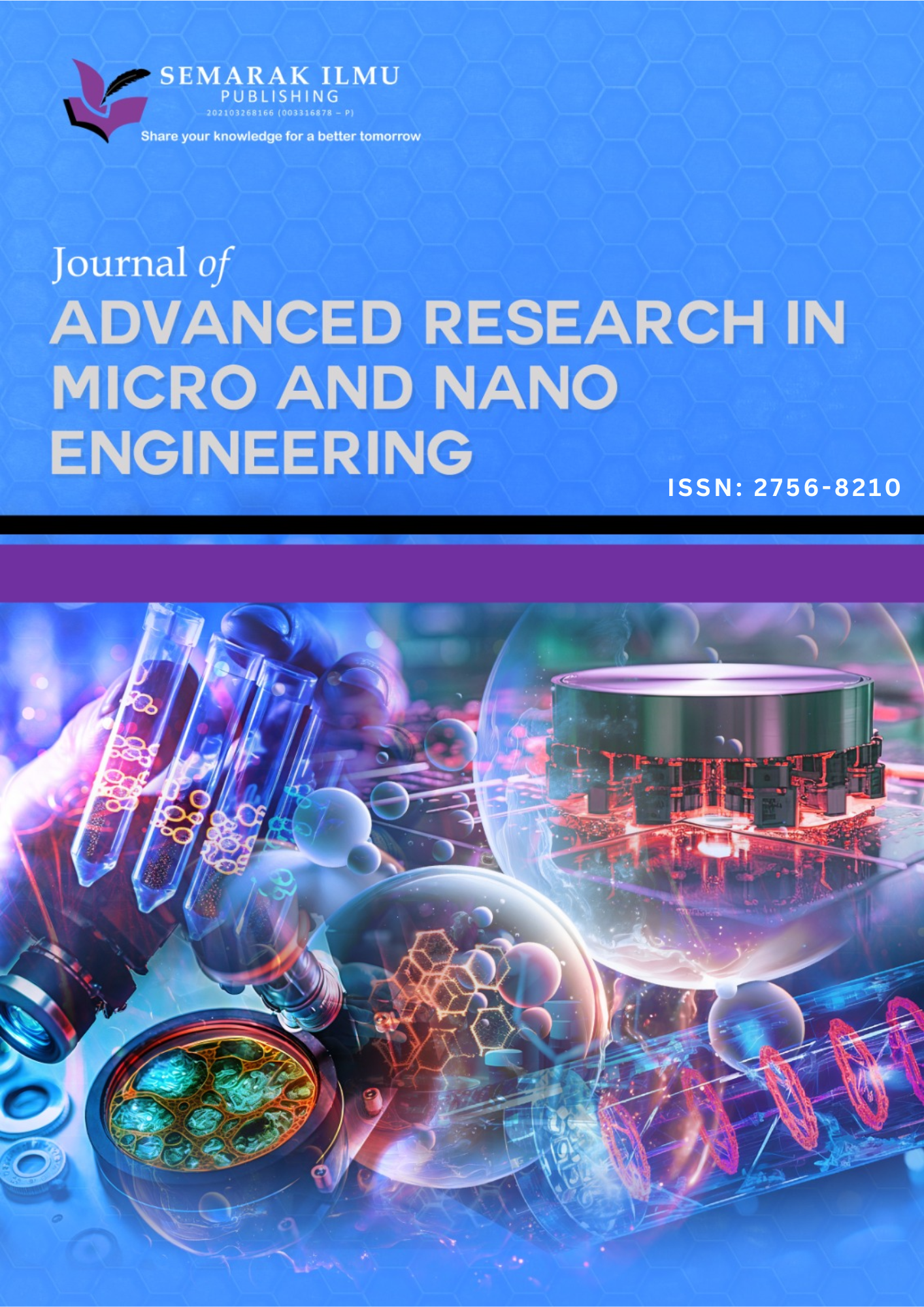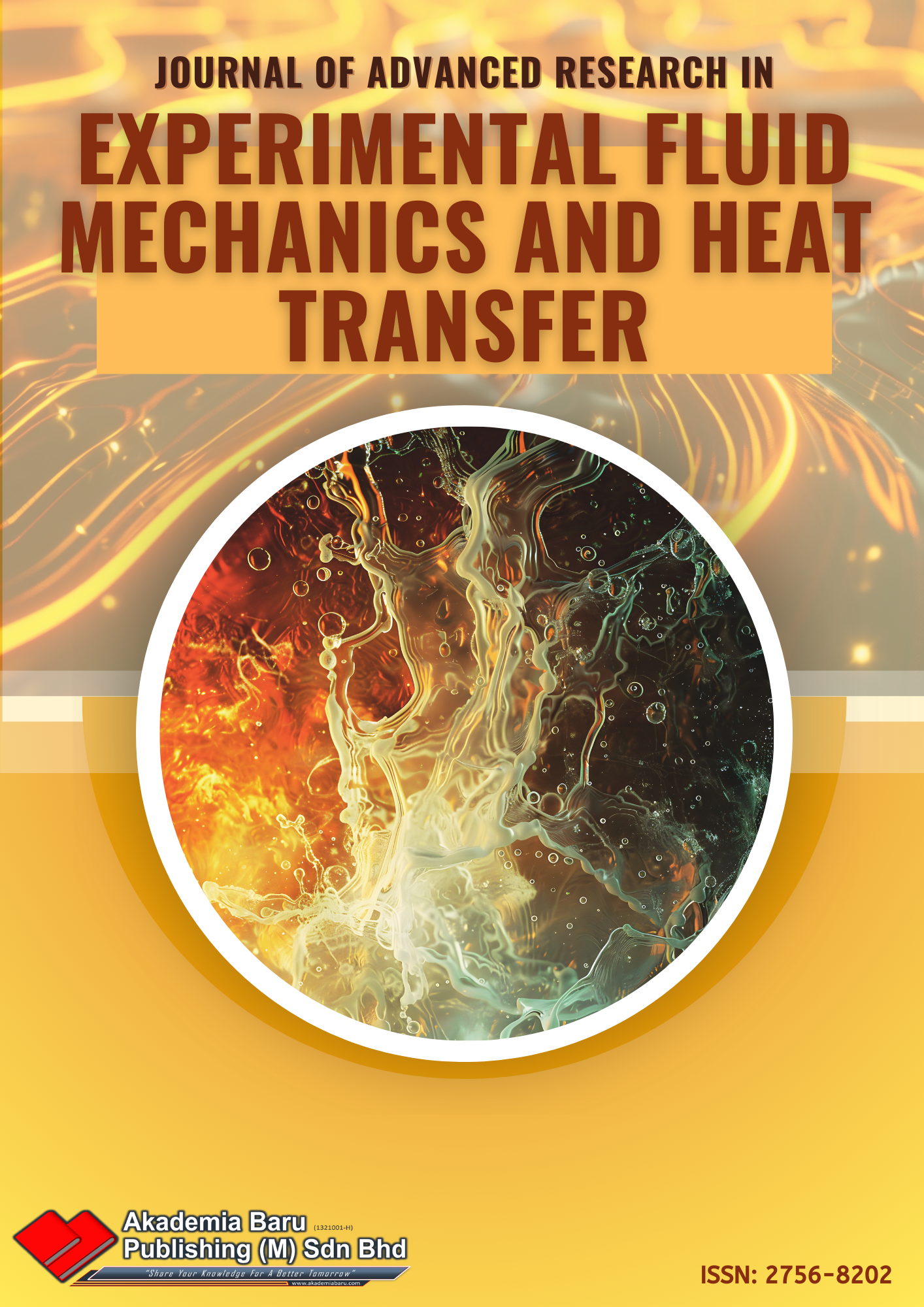Strength Characteristics of Geopolymer Mortar Formulated with Fly Ash and Ground Granulated Blast Furnace Slag Activated using Wood Ash Lye
DOI:
https://doi.org/10.37934/aram.131.1.143Keywords:
Geopolymer concrete, alkali activator, sodium hydroxide, fly ash, ground granulated blast furnace slag, wood ash lye, compressive strength, flexural strength, porosity, water absorptionAbstract
Geopolymer concrete is being introduced as an alternative to conventional concrete to mitigate the consumption of ordinary Portland cement, which emits significant carbon dioxide (CO2) during production. The geopolymer concrete requires alkali activators, such as sodium hydroxide (NaOH) and sodium silicate (Na2SiO3), to enhance the geopolymerisation process. However, industrial alkali activators are costly and environmentally destructive. In this research, the properties of a geopolymer mortar based on fly ash (FA) and ground granulate blast furnace slag (GGBS) were investigated by utilising lye leached from wood ash (WA lye) as a replacement for NaOH. Various FA:GGBS ratios ranging from 0 to 60% were examined to assess the physical and mechanical properties of the mortar. A constant liquid-to-binder ratio and alkaline activator ratio of 0.5 and 3.5, respectively, were maintained for the mix design. The samples were cured at ambient temperature and tested at 3, 7, 14, 28 and 56 days. The results indicate that the compressive strength of the FA-to-GGBS geopolymer mortar increases with increasing GGBS content, with the 60:40 FA:GGBS ratio reaching a peak strength of 35 MPa at 56 days. However, an excessive GGBS content led to a decreased strength of the mortar. Despite this scenario, the flexural strength also increased with increasing GGBS content, reaching 5.11 MPa at 56 days. Additionally, the water absorption of the 60:40 FA:GGBS mixture was the lowest, at 4.73%, with a porosity of 10.41%, indicating a dense and compact microstructure with limited porosity in the mortar. The study suggested that WA lye possesses the potential to replace NaOH in the geopolymerisation process, with the optimal design utilising a FA:GGBS ratio of 60:40. This novel approach not only addresses the environmental and cost issues associated with traditional alkali activators but also contributes to the development of sustainable construction materials. The expertise demonstrated in this research underscores the potential for innovative solutions within the field of sustainable construction technologies.
Downloads


